-
First, it seems apparent that I need to explain what these batteries are for because I had some folks answer a recent poll stating they didn’t understand their use case. If you know what these batteries are for then feel free to skip the next few minutes.
-
Okay, so first … it’s a battery. It does what a battery does. It stores and releases electrical energy. While its chemistry is based on lithium and iron, it still works virtually the same as the 150 year old lead acid battery tech we all grew up with. The main difference is that inside a lithium battery is a circuit board that controls how much power can come in, or go out and how much the cells can charge and discharge. This is called the BMS or battery management system. Its primary function is to protect the battery, and you, from damage.
-
These batteries are primarily used in RV’s, trailers, boats, van builds in place of lead acid batteries. Lead acid is very inefficient, heavy, requires regular maintenance, and can become quite dangerous as they give off toxic explosive gasses. Explosive gasses are the last thing you want in a motor vehicle, especially one you camp or sleep in.
-
These batteries are also used for off grid solar builds or home backup battery systems again in place of lead acid batteries. Lithium batteries can be fully discharged without damage unlike lead acid’s limitation of 50% discharge, essentially making them double the capacity of lead.
-
We’re currently at the crossroads where the effective cost of budget brand lithium batteries match or even beat name brand lead batteries. Once you factor in lithium batteries last 10 times as long as lead, require no maintenance or ventilation, are safer than lead, it makes basically no sense at all to even consider a lead battery for much of anything except starter batteries in vehicles. Starter batteries still have the advantage of pumping hundreds of more amps than lithium in sub freezing conditions. However, there are already trolling batteries on the market designed for spinning electric motors and I give it 1-2 years tops before we have automotive lithium batteries as the norm.
-
So if you’re using one of these as a RV house battery or for an off grid solar or backup power build, how big of an inverter can you run? Each 230ah Plus can handle 2500w of output. With two setup in parallel, that’s 5000w. So effectively the largest 12v inverters available can be powered with just a pair of these lithium batteries.
-
The reverse is also true. If you are using an inverter-charger combo you can effectively charge each battery at 2500w or 200A so a pair in parallel could handle 400A of charging. You’ll never find a 12v charger that outputs 400A unless it’s some kind of multi thousand dollar industrial job. So again, a pair of these batteries can handle just about anything.
-
If you’re interested in inverters or solar controllers to use with these batteries, I do have some models on my product page at hobotech.tv.
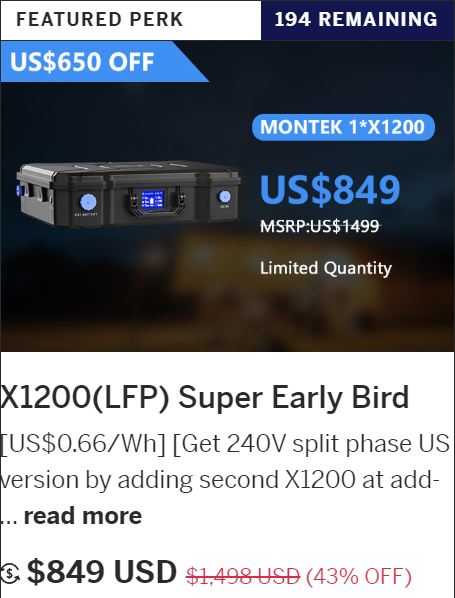

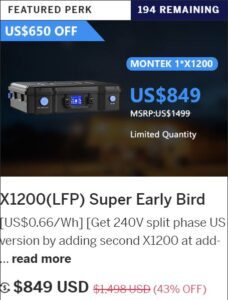
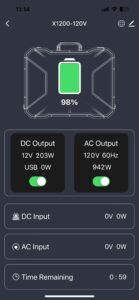


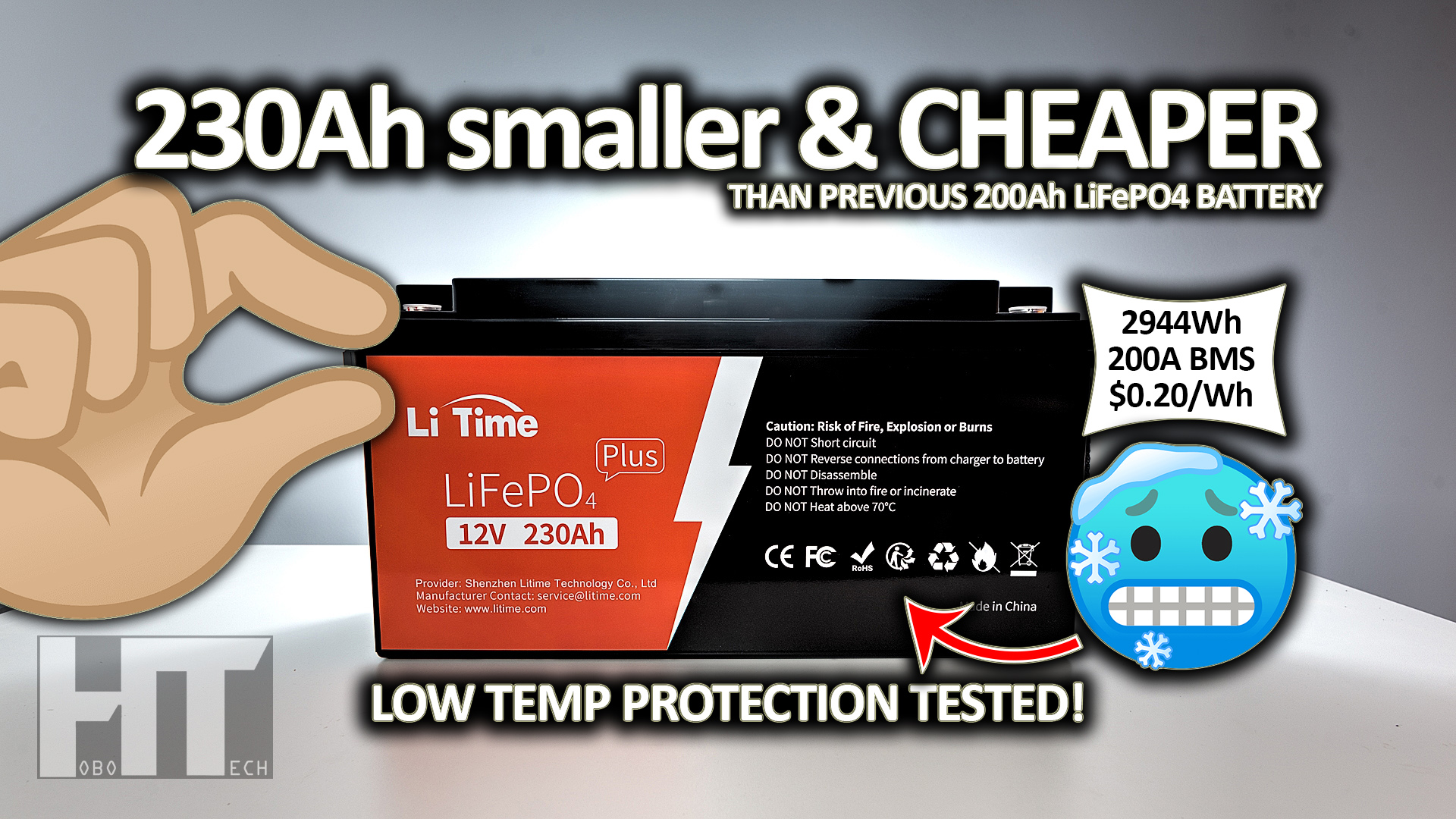
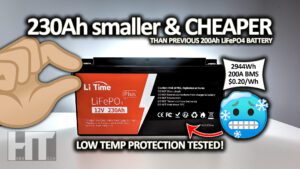
You must be logged in to post a comment.